Protecting O&C Lands: North Umpqua River
North Umpqua River
Location: Southern Oregon Cascade Range
Acres: 80,317
Ecological value: Rare oak savanna habitat; populations of northern spotted owl (endangered), cutthroat and steelhead trout, Chinook and coho salmon, amphibians, black bears, river otters, bald eagles, osprey, and songbirds
Economic value: Fishing, whitewater rafting, hiking, and drinking water
The emerald-green waters of the North Umpqua River are legendary among rafters, hikers, and fishermen. From its origin high in the Mount Thielsen Wilderness of the Cascade Range, the river flows westward toward the Pacific Ocean through steep canyons of basalt surrounded by towering Douglas fir forests until it joins the South Umpqua just west of Roseburg, OR. It is rich with wildlife: black bears and river otters, bald eagles and northern spotted owls, salmon and steelhead.
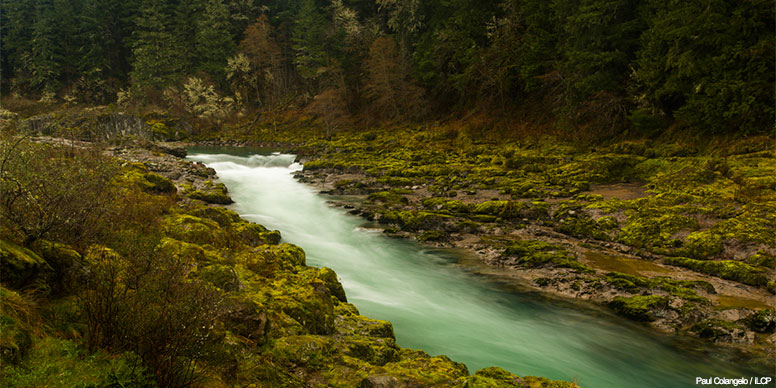
Each year spring and fall Chinook salmon, summer and winter steelhead, coho salmon, cutthroat trout, and lamprey eel return to the Umpqua. Anglers from around the world travel to the North Umpqua to test their skill on this river. In fact, the segment just below Steamboat Creek, a tributary to the North Umpqua, was referred to by Jack Hemingway— writer, fly fisherman, and conservationist—as “the greatest stretch of summer steelhead water in the United States.” It's no wonder that regional experts have identified the river as one of the last remaining strongholds for salmon in the state.
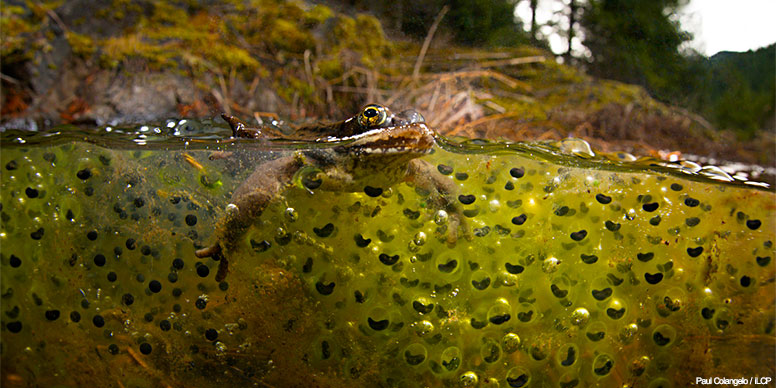
As is the case in many rural areas in Oregon, the communities on the North Umpqua once relied on the timber industry for their economic survival. But more recently, these communities have diversified their economy, relying more heavily on recreation and tourism. Inns, restaurants, and other businesses have sprung up around the world-class river, providing a more balanced and prosperous economic base.
Thirty-four miles of the North Umpqua are protected under the Wild and Scenic Rivers Act. Rafters enjoy the Class III river from early spring through summer, riding it through stands of Douglas fir and oak savanna. The river and surrounding woods are designated critical habitat for the endangered coho salmon and northern spotted owl.
This area also encompasses a Key Watershed under the Northwest Forest Plan, a watershed identified as having important characteristics for people and wildlife, and is the primary water source for Roseburg and other nearby communities. Because the river begins high in the Cascades, amid a mixed-conifer forest, its clean, cool waters are mainly unaffected by variations in annual temperature, an important characteristic during a time of climate change.
Congress should designate the North Umpqua as wilderness in order to protect an important drinking water source, rare woodland forests, and a world-class salmon and steelhead river.
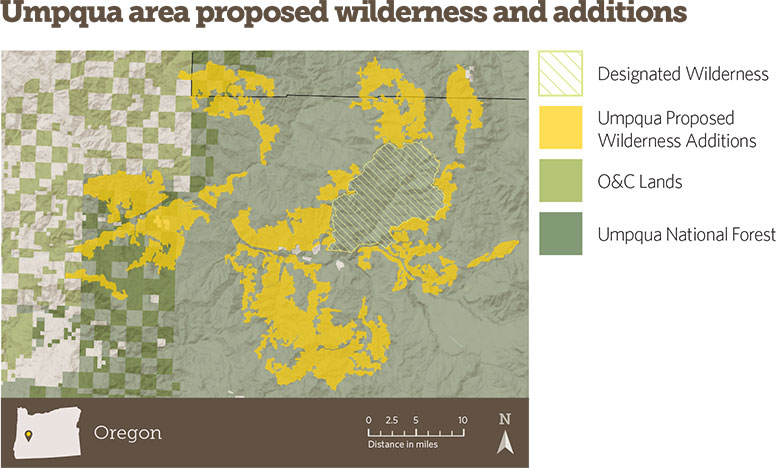
Learn more about O&C Lands
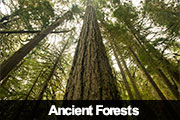 |
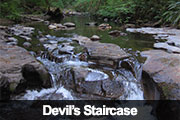 |
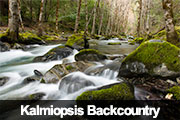 |
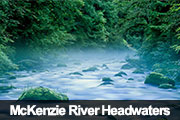 |
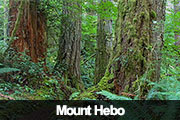 |
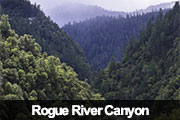 |
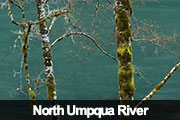 |
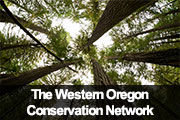 |
What are the O&C Lands
In 1866, Congress established a land-grant program for the Oregon & California (O&C) Railroad Co. to spur the completion of the rail line between Portland and San Francisco that required the company to sell the deeded land to settlers. Forty years later, when the company failed to meet the terms of the agreement fully, the federal government reclaimed more than 2 million acres of mostly forested land. Today, those O&C lands remain undeveloped and are administered by the Bureau of Land Management and the U.S. Forest Service.











